Premium Only Content
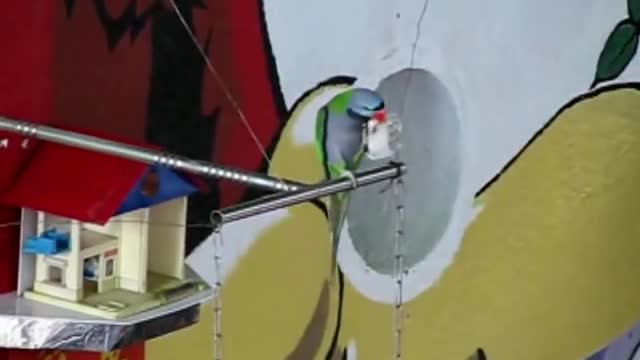
Parrot show in China
Pet parrots can be incredible if demanding friends, but for people more accustomed to fluffy mammalian companions, they can present some unexpected challenges. The long-lived, intelligent and highly social birds need especially high amounts of attention and enrichment, or else they can pick up bad habits and find themselves bored and stressed to the point where they pluck out their own feathers.
Most parrots are social birds that live in groups called flocks. African grey parrots live in flocks with as many as 20 to 30 birds.
Many species are monogamous and spend their lives with only one mate. The mates work together to raise their young. Parrots throughout the flock communicate with one another by squawking and moving their tail feathers.
Some parrots, like the kakapo, are nocturnal. They sleep during the day and search for food at night.
Lots of what your pet birds do will be self-explanatory – things like feeding, flying, bickering, bathing, and climbing. But there are other types of movement and body language that require a little homework on your part if you are to fully understand what your parrot is ‘saying’ with his body.
A bird will ruffle and fluff his feathers after preening to remove debris and will also fluff his feathers when it is cold. If a bird has his feathers continually fluffed, the bird may be ill and is trying to keep warm.
Some birds, like cockatiels, cockatoos and hawk-headed parrots, have crest feathers that the bird raises or lowers to indicate emotional state.
Birds shiver and shake after taking a bath; their breast muscles involuntarily contract and expand to create body heat. A bird may also appear to shiver when he is very excited. Quaker parrots are known to “quake,” which is how they got their name.
Yes, birds actually play just like kids! Not all of their behavior is a function of biology. Birds are intelligent creatures that will look for something to do rather than just sit around in a cage, so it’s important to have plenty of toys available.
Many parrots can learn to mimic human speech, and some can even learn to understand what they are saying and use words in context. You can’t really “teach” your bird to talk; either it will or it won’t. The best you can do is talk to the bird a lot and repeat specific words and phrases that you’d like him to learn. Birds are confounding sometimes; it’s likely your bird will learn something you didn’t want him to! If your bird doesn’t learn to talk, it doesn’t mean that he isn’t smart; perhaps he is not of a species that can learn to talk. Also, the females of some species are less likely to speak than males.
Only parrots, humans and certain types of songbird can mimic other species.
In parrots, such dancing is associated with the non-vocal motor regions surrounding the shell which supports the possibility of a general capacity for learning regularities in the sounds they hear and coupling them with behavior.
-
 0:51
0:51
ViralHog
5 years ago $0.07 earnedParrot Puts on Show for Uninterested Kookaburra
503 -
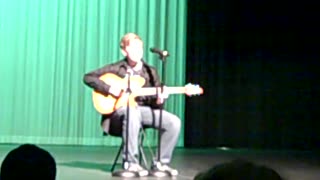 4:14
4:14
GoshDarnMillers
5 years agoChina Spring Talent Show Johnny Cash Hurt
21 -
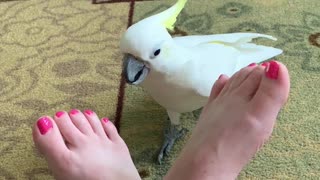 0:33
0:33
Cockatoo_Craziness
5 years ago $2.54 earnedSilly cockatoo tickles owner's feet
50.6K3 -
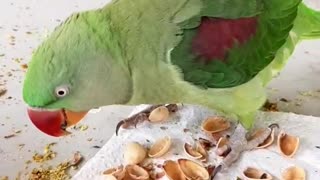 1:03
1:03
Luna
5 years ago $0.01 earnedMischievous Parrot
92 -
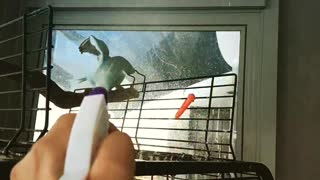 0:31
0:31
Luna
5 years agoParrot Having A Shower
81 -
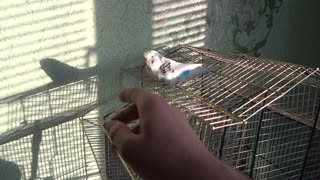 0:48
0:48
Mirex
5 years agoangry parrot bites
14 -
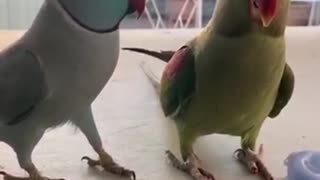 0:10
0:10
Luna
5 years ago $0.03 earnedSurprised Parrot
75 -
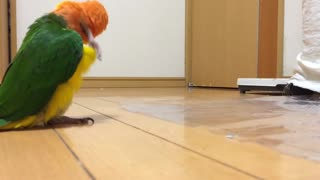 2:19
2:19
Ciguma
5 years ago $0.02 earnedAdorable Parrot -Silly Walk
961K1 -
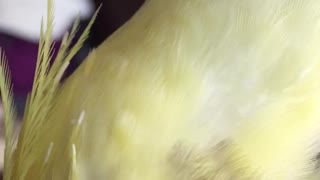 0:07
0:07
borjanpetrovski
6 years agoParrot pet
19 -
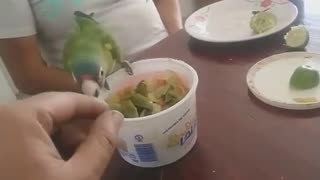 0:16
0:16
Murat888
5 years agoShowdown with a parrot
18